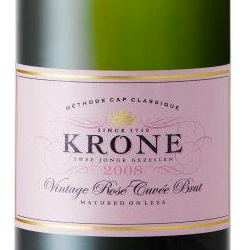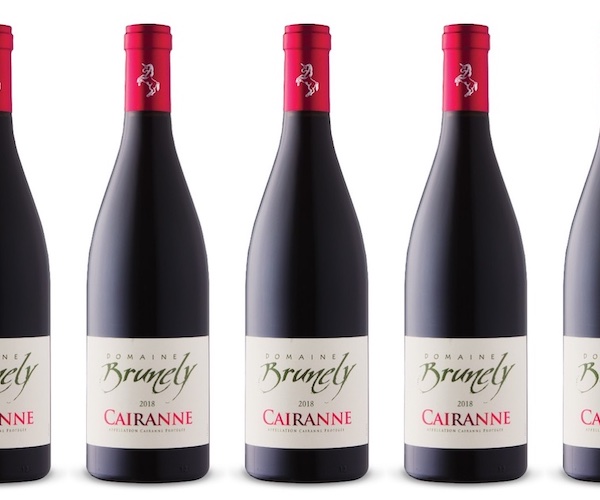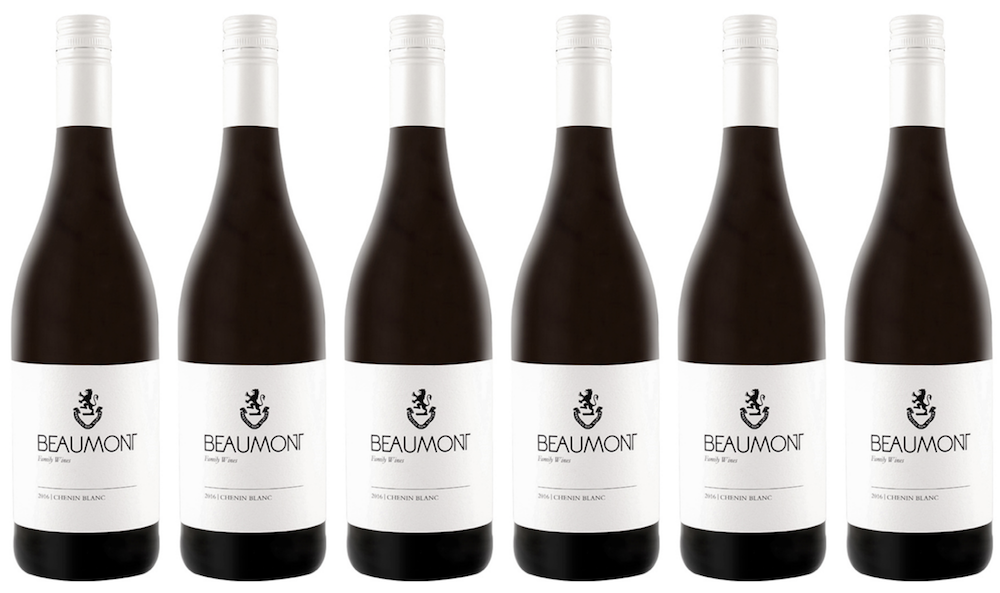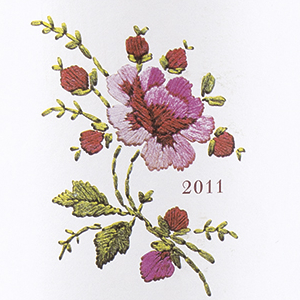 Having hovered around the wine writing world for the better part of a decade, I have picked up a few helpful bits of information; mental shortcuts that as often as not result in a pleasant vinous experience at a good price. One of these tricks of the trade is called MCC. MCC stands for Méthode Cap Classique and the ‘Cap’ means Cape, as in as in The Cape of Good Hope. MCC is what the South Africans call their Champagne-style sparkling wine. The MCC’s, like the one below, in my experience here and (especially) in South Africa consistently deliver great value (i.e. taste) for less money than nearly any other region. Whenever one comes into our weird government run system, it’s almost always worth trying.
Having hovered around the wine writing world for the better part of a decade, I have picked up a few helpful bits of information; mental shortcuts that as often as not result in a pleasant vinous experience at a good price. One of these tricks of the trade is called MCC. MCC stands for Méthode Cap Classique and the ‘Cap’ means Cape, as in as in The Cape of Good Hope. MCC is what the South Africans call their Champagne-style sparkling wine. The MCC’s, like the one below, in my experience here and (especially) in South Africa consistently deliver great value (i.e. taste) for less money than nearly any other region. Whenever one comes into our weird government run system, it’s almost always worth trying.
The Champagnoise, or ‘Traditional’ methods of making sparkling wine mean that there has been a second fermentation of the wine in its bottle. When yeast ferments sugar to alcohol, the by-product is carbon dioxide. This is how traditionally made sparklers get their bubbles. If a sparkling wine, from wherever in the world, doesn’t have something on its label to that effect, then it will have been secondarily fermented in a tank and bottled under pressure (the Charmant method), or simply carbonated like pop. The Champagne method requires more labour and input costs, so these wines are generally more expensive, and thus valued given greater value in the market place*. But, of course, price is not merely determined by supply. There is the issue of demand, which the Champagnoise through hundreds of years of concerted marketing and branding have ensured plenty of demand for their product so that even the best value, small house and estate (i.e. “grower”) Champagnes start north of $40… if they make it out of France at all.
The 2009 Krone Vintage Méthode Cap Classique Rosé is in the LCBO’s Vintages program now, and costs $22.95 (click here to find the stores that carry it on the LCBO’s inventory system). The cost differential on the Krone, then, is at least half of what one might spend on a decent bottle of Champagne. So, if one was hosting a dinner party of six, each guest and host could have two glasses of MCC instead of one of the Northeastern French stuff.
Price and value are, of course, not the same thing. The 2009 Krone Rosé is a salmon coloured, light and crisp wine with a fine mousse of a fizz. The fruit note I picked up was not so much strawberry, but raspberry. There’s complexity to this wine, especially in its long finish, that I think would make it a successful imposter for Champagne, if that region must still be held up as the gold standard. The Krone website has all the technical information about how its made, for those who are interested in how long it was on the lees or pH levels. For those who just care about enjoying a wine with friends, it’s waiting to be tried.
*There is absolutely nothing wrong with non-Champagne method sparkling wines: see Jamie’s piece this week on Perlage Prosecco.
 Malcolm Jolley is a founding editor of Good Food Revolution and Executive Director of Good Food Media, the company that publishes it. Follow him at twitter.com/malcolmjolley
Malcolm Jolley is a founding editor of Good Food Revolution and Executive Director of Good Food Media, the company that publishes it. Follow him at twitter.com/malcolmjolley







